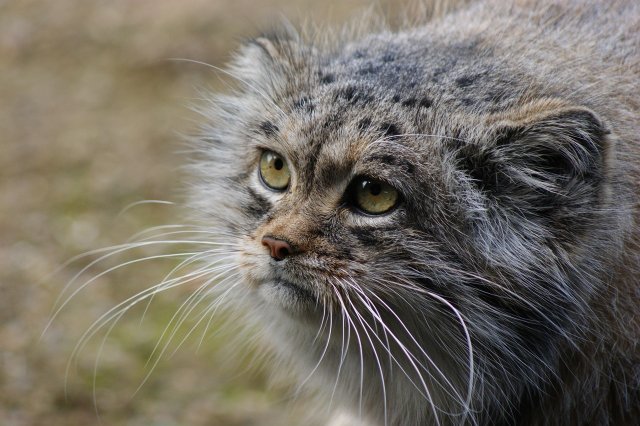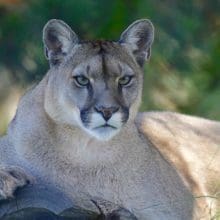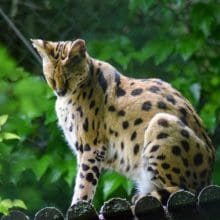How can I help conserve the Pallas Cat Population?
The Pallas Cat population
The Pallas Cat, also known as the manul, is a small wild cat species native to the grasslands and steppes of Central Asia. With its unique appearance and elusive nature, the Pallas Cat has captured the attention and admiration of many wildlife enthusiasts. However, this fascinating feline is facing numerous threats that have led to a decline in its population. In this article, we will explore the challenges faced by the Pallas Cat and discuss ways in which individuals can contribute to its conservation.
The Threats to Pallas Cats
The Pallas Cat population is under threat due to various factors, including:
- Habitat Loss: The conversion of grasslands into agricultural land and the expansion of human settlements have resulted in the loss of the Pallas Cat’s natural habitat. This loss of suitable habitat limits their ability to find food and shelter.
- Poaching: Pallas Cats are often hunted for their fur, which is highly valued in the illegal wildlife trade. The demand for their pelts has put immense pressure on their population.
- Prey Depletion: Pallas Cats primarily feed on small mammals, such as rodents and pikas. However, the decline in prey populations due to factors like climate change and habitat degradation has made it harder for Pallas Cats to find enough food to survive.
- Climate Change: The changing climate has a significant impact on the Pallas Cat’s habitat. Rising temperatures and altered precipitation patterns can disrupt the delicate balance of the grassland ecosystems they rely on.
Ways to Conserve the Pallas Cat Population
Conserving the Pallas Cat population requires a multi-faceted approach that addresses the various threats they face. Here are some ways in which individuals can contribute to their conservation:
Support Conservation Organizations
There are several organizations dedicated to the conservation of endangered species, including the Pallas Cat. By supporting these organizations through donations or volunteering, individuals can contribute to the protection of the Pallas Cat’s habitat, anti-poaching efforts, and research initiatives. Examples of such organizations include the Pallas’s Cat International Conservation Alliance (PICA) and the Snow Leopard Trust.
Spread Awareness
Increasing awareness about the Pallas Cat and its conservation needs is crucial for its long-term survival. Individuals can use various platforms, such as social media, blogs, and community events, to educate others about the threats faced by the Pallas Cat and the importance of its conservation. Sharing captivating photos, videos, and stories can help generate interest and empathy towards this unique species.
Support Sustainable Agriculture
Habitat loss is a significant threat to the Pallas Cat population. By supporting sustainable agricultural practices, individuals can help reduce the conversion of grasslands into farmland. Choosing products that are produced using sustainable farming methods, such as organic or regenerative agriculture, can contribute to the preservation of the Pallas Cat’s habitat.
Reduce Your Carbon Footprint
Climate change poses a significant threat to the Pallas Cat’s habitat. By reducing our carbon footprint, we can help mitigate the impacts of climate change on the grassland ecosystems they rely on. Simple actions like conserving energy, using public transportation, and adopting a plant-based diet can make a significant difference in reducing greenhouse gas emissions.
Support Local Communities
Engaging and supporting local communities living near Pallas Cat habitats is essential for their conservation. By providing alternative livelihood options, such as ecotourism or sustainable agriculture initiatives, local communities can be incentivized to protect the Pallas Cat’s habitat instead of engaging in activities that harm the species.
Conclusion
The Pallas Cat population is facing numerous threats, including habitat loss, poaching, prey depletion, and climate change. However, by supporting conservation organizations, spreading awareness, supporting sustainable agriculture, reducing our carbon footprint, and engaging with local communities, individuals can play a crucial role in conserving this unique and elusive species. Together, we can ensure a future where the Pallas Cat continues to roam the grasslands of Central Asia.
Read More About Pallas Cats From Wikipedia




